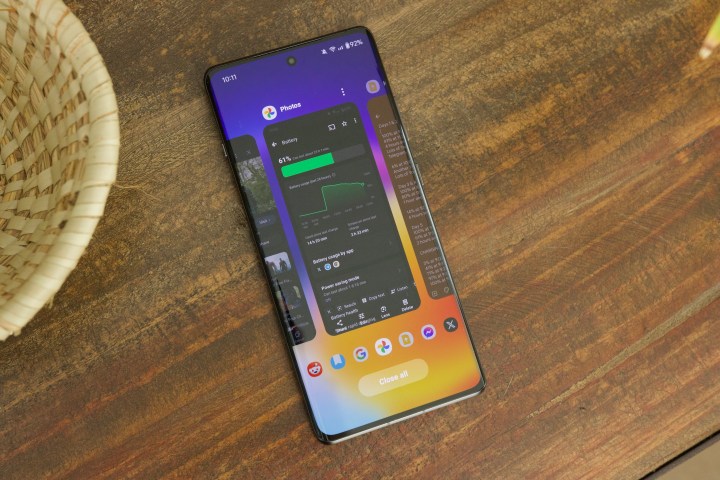
OnePlus is taking a bold move regarding a marketing flub it made earlier this month. The company initially claimed that the OnePlus 12R comes with UFS 4.0 storage when, in reality, the phone still relies on the slower UFS 3.1 standard. The company issued a public apology for it, as well.
Today, in an update on the official community blog, OnePlus CEO Kinder Liu announced that the company will issue a full refund to buyers who were swayed primarily by fast storage to buy the OnePlus 12R. That’s a rather generous assumption from a buyer’s perspective, but OnePlus’ decision is unprecedented.
Here’s Liu’s statement:
“If you’ve received a OnePlus 12R 256GB variant and want to discuss the situation with the file system type on your phone, please contact Customer Service through your usual channel. They will be able to discuss next steps with you, up to and including a refund until 16th March 2024.”
The marketing mistake led to quite some uproar on the internet, and demands for a refund were quite apparent. That’s primarily because the gulf between a UFS 4.0 and UFS 3.1-compliant storage is quite hefty, reaching up to 2x on certain speed test metrics.
It’s not solely about the speed

The jump to a next-gen storage standard is not merely about faster sequential read and write speeds. Functionally, UFS 4.0 leads to quicker application launch, lower latency, and faster system startup times. Samsung asserts that its UFS 4.0 technology achieves approximately 46% better power efficiency.
The UFS 4.0 storage technology from Samsung is also known for a roughly 2x efficiency boost in protecting important data stored on devices, like passwords and personal images.
It is also said to improve user interaction by allowing smoother app switching owing to reduced latency. Moreover, it enhances performance in situations like rapid photo capturing or creating complex images such as panoramas, thanks to its increased memory interface bandwidth.
For any buyer aware of the holistic benefits, OnePlus’ stumble could be anything from an honest miscommunication to outright false marketing.
Regardless, it’s good to see that the company has admitted the mistake and is taking a route that prioritizes audience faith over profits. On its own merit, the OnePlus 12R is one of the most rewarding phones from a value perspective — even with UFS 3.1 storage.
Editors' Recommendations
- Six months later, is the OnePlus Open still worth it? I found out
- How this surprise OnePlus feature changed my smartphone photos forever
- OnePlus surprises us with dazzling Android tablet and smartwatch
- The OnePlus 12 is the OnePlus phone I’ve been waiting for
- 5 phones you should buy instead of the Google Pixel 8


